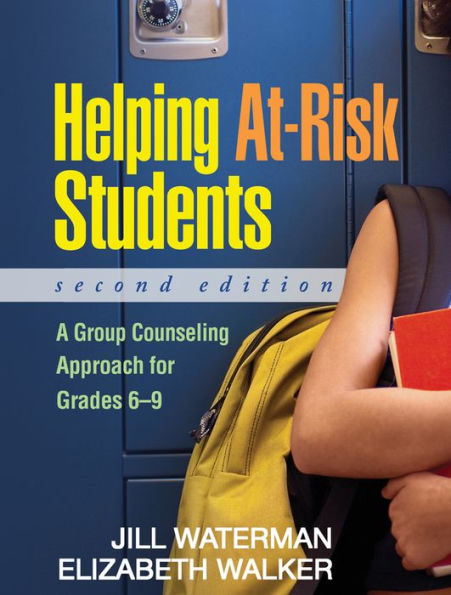Table of Contents
1. Guidelines for Setting Up and Leading Groups
Goals of the SPARK Program
Getting Started
Selecting Group Members
Structure of the Groups
Group Leaders
Presenting the Groups to Prospective Members
Pregroup Individual Interviews and/or
Questionnnaires
Group Counseling Techniques
Developing Trust and Understanding Confidentiality
Building Group Cohesion
Group Process
Developmental Considerations
Maintaining Order and Leader Sanity
Uses and Parameters of Check-In and Check-Out
Issues in Ending the Groups
Dilemmas for Group Leaders
Handling Issues of Child Abuse and Suicidality
Suicidality
Balancing the Needs of Individual Group Members
with the Requirements of the Psychoeducational
Curriculum
Dealing with Members Who Do Not Participate
Dealing with Chronically Disruptive Members
Parameters of the Group Leader Role
Adapting the Curriculum for Full Classroom Use
2. The SPARK Curriculum
Overview of Module Content
Recruitment Criteria
Module One: Trust-Building and Communication Skills
Module Two: Anger Management and Emotion Regulation Skills
Module Three: Ethnic Identity and Anti-Prejudice
Module Four: Educational Aspirations
Module Five: Peer Pressure, Bullying, and Gangs
Module Six: Male–Female Relationships
Module Seven: Exposure to Violence and Posttraumatic Stress Reactions
Module Eight: Family Relationships
Termination Session: The Party
3. Effectiveness of SPARK Groups
Characteristics of Participating Group Members
Family Structure and Distress
Outcome of the SPARK Groups
Time 1 and Time 2 Differences for Those in the
Treatment Group
Time 1 and Time 2 Differences for Those in the
Control Group
Comparisons between the Treatment and Control
Groups
Pilot Evaluations of New and Revised Modules in This Edition
Summary and Conclusions
Information Regarding Data Analyses
Appendix A. Sample Materials for Beginning SPARK Groups
Appendix B. Curriculum Materials and Handouts
Appendix C. Sample Materials in Spanish for Beginning SPARK Groups
Appendix D. Curriculum Materials and Handouts in Spanish



